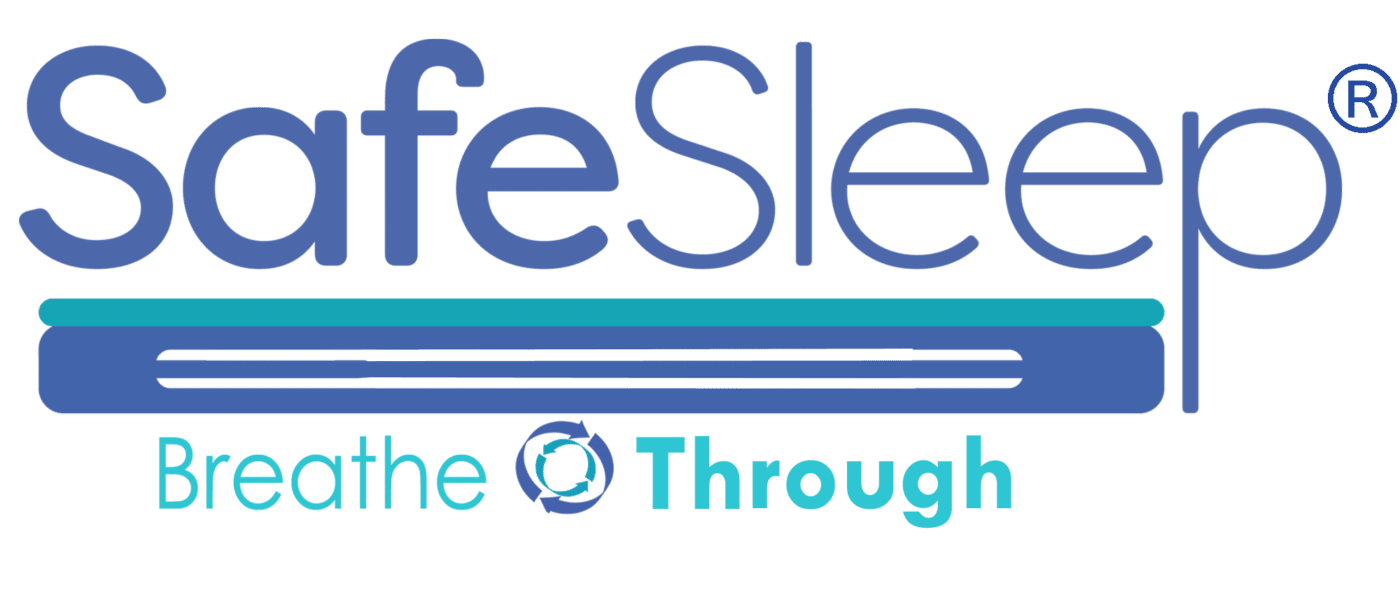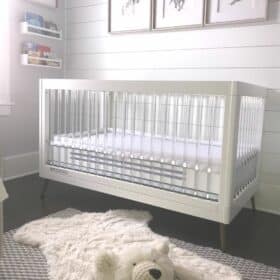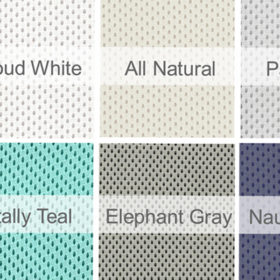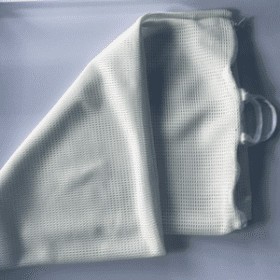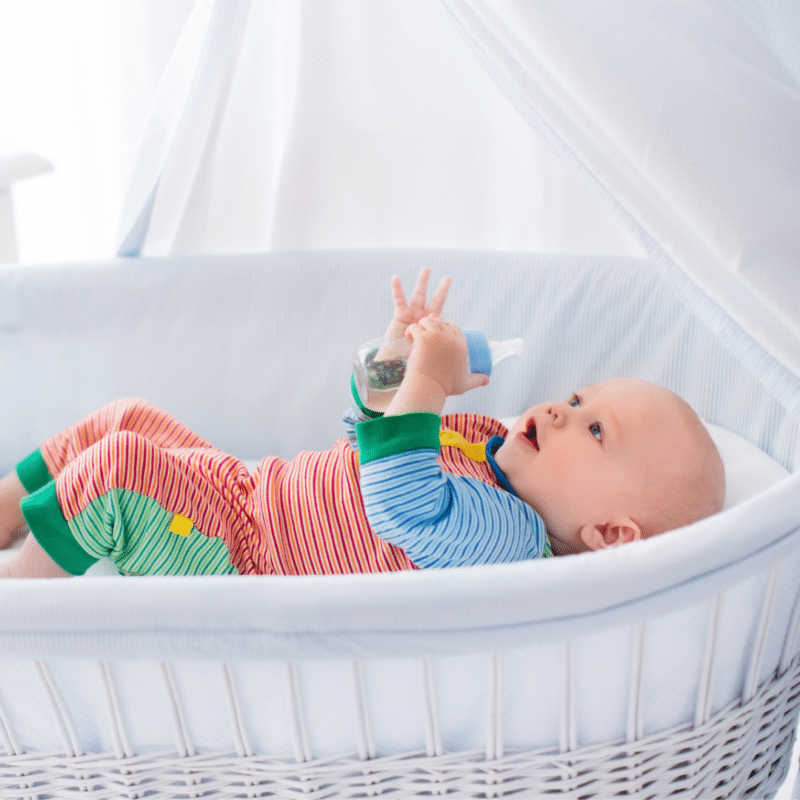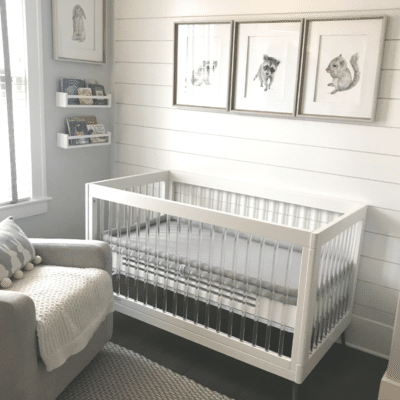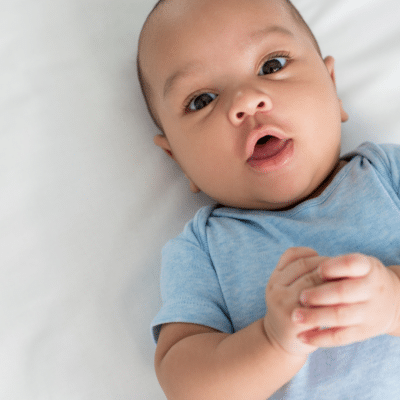No products in the cart.
When Is Baby Too Big for the Bassinet?
For expecting mothers, one of the first purchased you will make is a baby bassinet or a crib.
As mamas, we realize that it is essential that our new little bundle of joy have a safe and comfortable place to sleep the minute they come home from the hospital.
But, should you start them in a baby bassinet or crib? Do you really need both?
The baby bassinet has increased in popularity as the go-to option for newborns. In fact, its usage has more than doubled in recent years.
Why the Increase in Popularity of Bassinets?
Baby bassinets are convenient. A mom can set a bassinet up right next to her beside. This makes it much easier to monitor your baby. Further, your baby is right next to you to do those frequent late-night feedings. This is especially helpful during the first few months of a baby’s life.
Additionally, bassinets are more mobile. Those first months with our newborn, we’re attached to them constantly (often, literally). A bassinet allows you to keep your baby near. They are normally transportable, so you can move them to another room, like, say, to the family room while folding laundry.
Also, they are smaller and more comfortable for newborns. Newborns likes the feeling of being snug. Being in small spaces simulates the feeling of being in the womb. Bassinets are, on average, only 15” x 30”, compared to the average size of 51” x 28” for cribs.
Further, bassinets are generally much less expensive than a crib. However, they are only used for a few months.
Using a bassinet for a few months gives you more time to decide on which crib you want to commit to for your baby. Cribs are used for a lot longer than bassinets, making a crib a much bigger commitment.
You can always add a bassinet or crib to your baby registry. Find out the Best Baby Gift Ideas to Add to a Baby Registry.
When Should Your Baby Move Out of a Bassinet?
Because they are so convenient and comfortable, bassinets are a great option for newborn babies and their mothers.
But as with anything we buy for our kids, it’s just a matter of time before they outgrow it.
A baby becomes too “big” for a bassinet for a couple of key reasons.
First, is if baby is literally too big for the bassinet. Meaning, your baby exceeds the weight limit set by the bassinet’s manufacturer. Or, your baby just doesn’t have much room to move around in the bassinet.
Bassinets should clearly indicate their weight limits in their information guides, and these limits vary depending on the bassinet. On average, a baby’s weight should not exceed 15 pounds in a bassinet, though it can be as low as 10 pounds and as high as 20 pounds for some.
The average weight of a baby at 3 months is 14 lbs. 3 months is the approximate age a baby will be ready to transition from their bassinet to a crib.
Secondly, a baby becomes too big for a bassinet once they are showing signs of beginning to roll.
By 4 – 6 months of age, most babies are able to roll over from their stomachs to their backs. This is an exciting developmental milestone. It is also a precursor to them sitting up. However, when it comes to sleep safety, rolling over is a clear indication that baby is ready to graduate from bassinet to crib.
Why is Rolling Over Especially Dangerous for Babies in a Bassinet?
Each year, around 3,400 infants in this country die from SUIDs (sudden unexpected infant deaths). SUIDs include SIDS (sudden infant death syndrome), and deaths where suffocation or strangulation are most likely the cause.
Accidental suffocation was thought to be the cause of approximately 28.3% of SUID in 2019.
Rollovers in a bassinet can be dangerous because a baby can inadvertently roll itself into an unsafe situation that can increase the risk of dying of SUID.
A baby that rolls over from its back to its stomach may not have the strength or ability to roll back onto its back. This can be especially problematic if the rollover happens in the middle of the night during sleeping hours when no one is awake or available to put the baby back on its back.
Because a bassinet is smaller than a crib, when a baby rolls over in a bassinet their faces are more likely to come into contact with the sides of the bassinet or be stuck face down on the mattress of the bassinet.
When a baby baby rolls over, its poor neck control means that it is not able to move or lift its head. As the baby’s face presses into the surface of the mattress or cloth, there is not only a buildup of carbon dioxide from the exhalation of breath, but there is a lack of oxygen being breathed back in. This is a type of suffocation, known as hypoxia, that can result.
More and more bassinets nowadays are being made with breathable mesh on the sides of the bassinet, which is ideal. The mesh should allow the baby to breathe when it is contact with it. A roll over that presses the baby’s face against a non-breathable fabric can increase the baby’s risk of dying of SUID.
Graduation to a Crib with SafeSleep®
When your baby starts to roll, now is the time to graduate them to a crib that follows AAP guidelines for safe sleep for baby.
A proven way to reduce the risk of infant deaths from suffocation is by using a mattress with a breathe-through fabric for your baby’s crib.
A mattress with a breathe-through fabric substantially cuts the risk of suffocation by hypoxia by preventing carbon dioxide from building up around your baby’s airways. It instead allows for the proper circulation of oxygen for your baby to breathe.
SafeSleep®’s Breathe-Through Crib Mattresses are designed to help a baby do just that: breathe. These mattresses feature the unique 3D Open-Cell Surface design allows air to pass freely through the surface. It even features a locking bar design that helps keep the surface of the mattress taut and free from folds that may inhibit breathing.
Breathe-Through Crib Mattresses don’t contain all of the toxic chemicals or even the natural fibers that are known to trap harmful CO2 that can contribute to hypoxia. Matter of fact, our mattresses are OEKO-TEX certified to contain no harmful chemicals.
A Smart Decision
There’s no denying that parents need every minute of those nine months to get ready for their new baby, and that definitely includes preparing your baby’s nursery and sleeping arrangements.
When it comes to deciding on the appropriate bed for your baby, do your research to make sure your baby’s baby’s health and safety come first.
Related Topics
